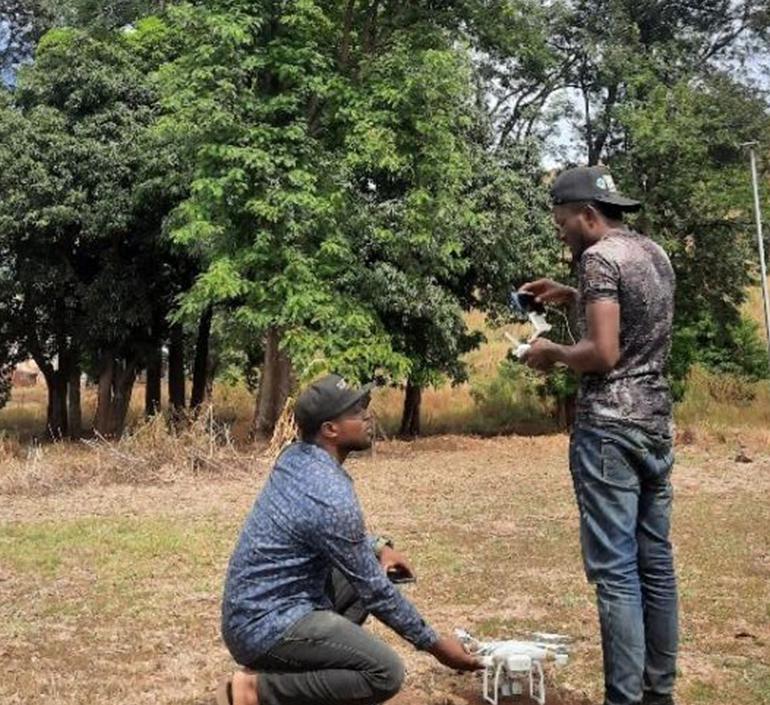Israel Bolade
Other projects
1 Nov 2023
Improving the Population Trends of the Hooded Vulture and Related Species within Central Nigeria
Our project will study the vegetation structure and preferred tree species utilized by the few remaining breeding pairs of the critically endangered vultures found within Amurum forest reserve and the National Veterinary Research Institute, Vom, both on the Jos Plateau. We will attempt to replicate such vegetation through the planting of same tree species within the metropolis while monitoring these vulture pairs to ensure breeding success.
Conservation education and awareness campaign shall be carried out within communities around these areas to participate in conserving species and report sightings of vultures which will help in extending conservation measures.

Vultures are great bio-indicators of the state of the health of ecosystems and are nature’s clean-up crew as they perform the ecosystem service of cleaning up carcasses and the preventing spread of diseases (Birdlife, 2005).
In recent years, the population of vultures has been declining drastically as the conservation status of most species by IUCN shows they are endangered. Local extinctions are recorded in many areas around the world and several extant populations are confined only to protected areas such as National parks and Game Reserves (Oaks et al., 2004, Rondeau and Thiollay, 2004).
Our project seeks to study the vegetation structure and preferred tree species utilized by the few remaining breeding pairs of the critically endangered vultures found within Amurum forest reserve and the National Veterinary Research Institute, Vom, both on the Jos Plateau. We will attempt to replicate such vegetation through planting of same tree species within the metropolis while monitoring these vulture pairs to ensure breeding success.
We shall carryout observational surveys of breeding sites of the Hooded Vultures (Necrosyrtes monarchus) by visiting sites to take records of sightings of vulture species (identify species seen and heard), their roosting and breeding sites. Breeding pairs will be monitored continuously. This is to record breeding success.
Vegetation characteristics shall likewise be studied. We will identify the tree species preferred by vultures for both roosting and nesting. Social surveys shall be carried out for perception of local people on vulture existence and knowledge on the ecosystem services they provide.
Tree planting campaign shall be done of the tree species observed to be most utilized by the vultures within and around the Jos metropolis.
Conservation education shall be carried out to enable and encourage Community engagement. This shall be carried out by public lectures and radio programs to create awareness on the importance of conserving biodiversity and the ecological roles of vultures.